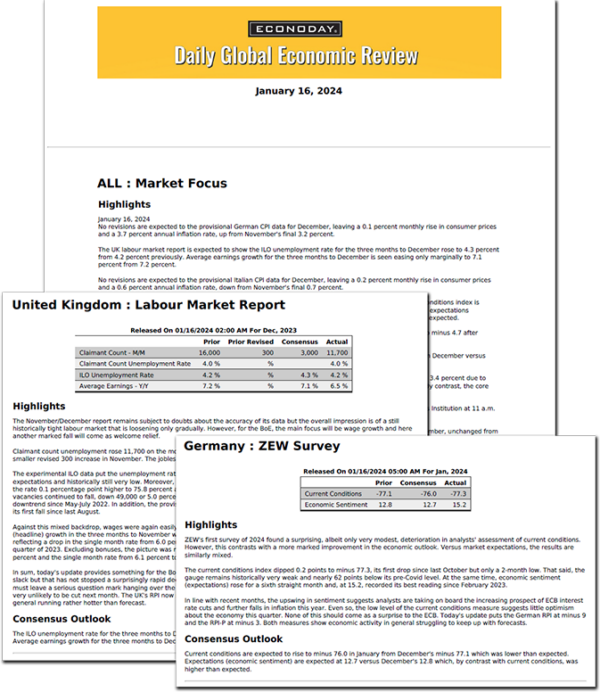Absent something unusual, the December 13-14 meeting is the last at which the current set of FOMC voters will set their stamp on monetary policy. FOMC voters consist of the seven members of the Board of Governors and five district bank presidents, four of whom rotate each year.
The current district bank presidents who vote are John Williams (New York, permanent voter), Susan Collins (Boston), Loretta Mester (Cleveland), James Bullard (St. Louis), and Esther George (Kansas City, retiring January 2023). These voters remain in place until the January 31-February 1 FOMC meeting.
At that date, John Williams will be reconfirmed as vice chair of the FOMC and four new voters will follow the set progression of voting. Based on the present set of district bank presidents, these will be Patrick Harker (Philadelphia), Charles Evans (Chicago), Neel Kashkari (Minneapolis), and Lorie Logan (Dallas). This lineup has a few points that need to be understood.
Whatever a particular policymaker’s leanings – hawk, moderate, or dove – their vote is based on their reading of the available economic data. Even a dove may vote for a rate hike if it looks necessary to fulfill the dual mandate. The reverse is also true, that hawks will vote for rate cuts if appropriate. Fed policymakers often talk about being data-dependent, state-contingent, or something similar that reflects their focus on the most timely and important information on which to base monetary.
Among the next set of voters, Patrick Harker is a known centrist. He has recently said that the pace of rate increases could slow and the fed funds top out at 4.5 percent. That’s only about 50- to 75-basis points above the current range of 3.75 to 4.00 percent. Depending on the decision at the next meeting and data during the intermeeting period, Harker could be ready for one more hike or none at all.
Chicago’s Charles Evans has said front-loading rate increases is done and that further increases should slow down. Evans has previously announced his retirement early in 2023. It’s possible he will vote at the first meeting in 2023, or he could recuse himself and allow his alternate Mester (Cleveland) to vote. It is unlikely that his successor will be announced and sworn in before the meeting, although it is possible. Mester is still hawkish on the inflation outlook. Minneapolis’ Kashkari is also hawkish on the inflation outlook, but if it seems inflation pressures have peaked, he may agree that the time has come to slow rate hikes.
Logan is something of an unknown, having joined the Dallas Fed only back in August. However, what she has said suggests she is in line with raising rates until inflation is tamed on a sustainable basis. A footnote on Logan’s expertise in setting monetary policy is her deep understanding of the System Open Market Account (SOMA), and how it functions and impacts financial markets. This will be invaluable as the program to reduce the size of the Fed’s balance sheet progresses.
Permanent voter New York’s John William’s most current comments have been about financial stability, and that monetary policy isn’t the best tool to address market vulnerabilities. This suggests that the FOMC will be exploring structural supports to allow markets to weather monetary policy changes rather than changes of direction in rates and adjustments to the size of the balance sheet.
The next set of FOMC voters will generally lean dovish to moderate in their approach to monetary policy. This probably means that future rate hikes will be limited in upside potential should the inflation data continue to improve relative to expectations for price stability. So far rate hikes haven’t led to outright recession and the new FOMC voters would like to keep it that way, although risks to the outlook are elevated.




